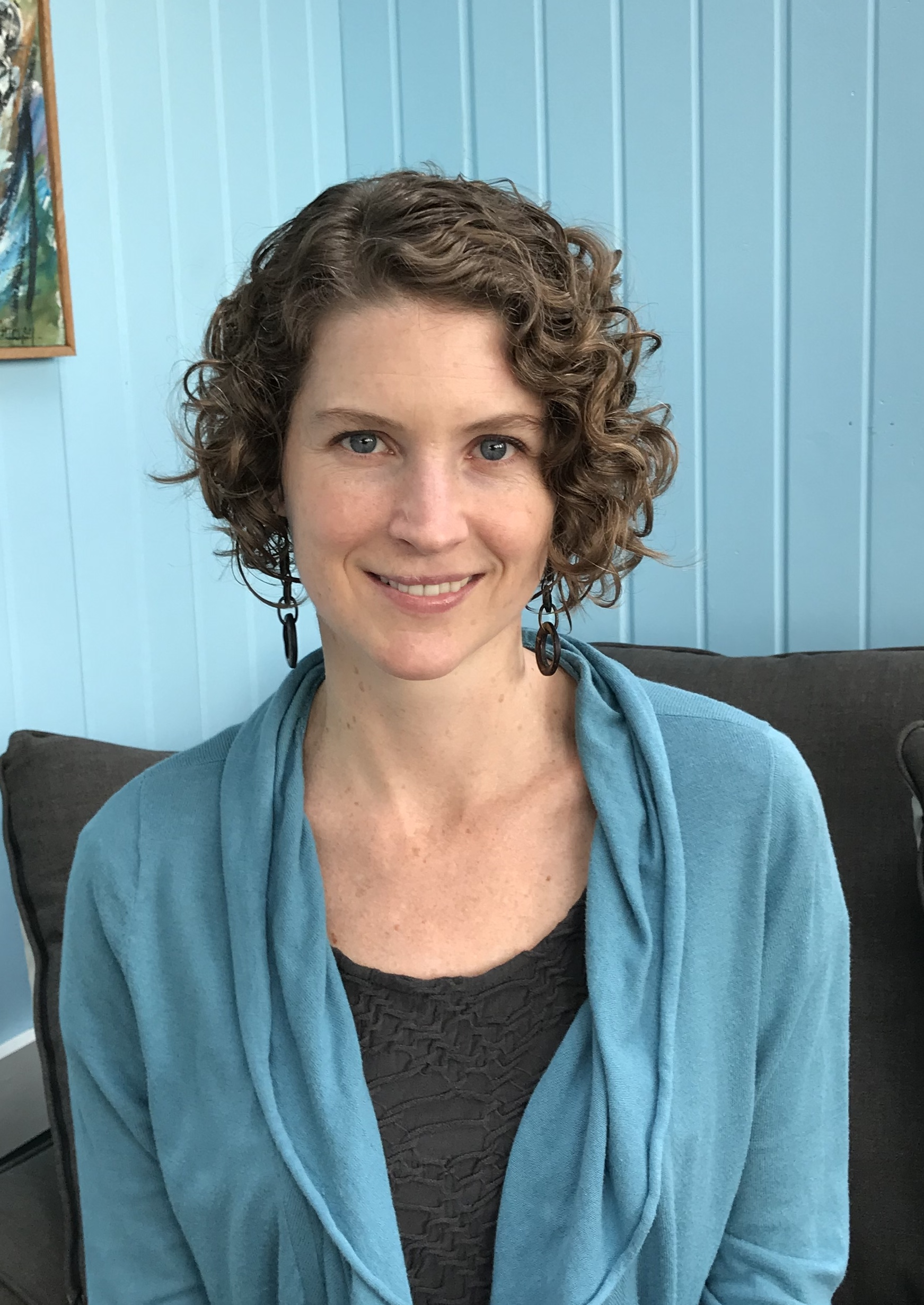This post is part of Mennonite Church USA’s MennoCon21 #BringThePeace series.
 Katie Graber is an ethnomusicologist, who studies race and ethnicity in a variety of contexts, including Mennonite music, American music and European opera. She has taught classes on Western music history and world music, and she accompanies Suzuki recitals and school choirs. She leads singing at her church in Columbus, Ohio, and chairs the Intercultural Worship committee for the Voices Together project
Katie Graber is an ethnomusicologist, who studies race and ethnicity in a variety of contexts, including Mennonite music, American music and European opera. She has taught classes on Western music history and world music, and she accompanies Suzuki recitals and school choirs. She leads singing at her church in Columbus, Ohio, and chairs the Intercultural Worship committee for the Voices Together project
____________________________________________________
In the introduction to Voices Together, project director Bradley Kauffman writes, “A hymnal holds together stories about who God is and what God does. It shapes God’s people, placing each of us in God’s story as beloved individuals and members of Christian communities” (p. iii).
From 2016 to 2020, the Mennonite Worship and Song Committee compiled, curated, and edited Voices Together, considering how the words and music would tell these stories about who God is, who we are, and who God calls us to be. We imagined communities singing the songs together, contemplating the visual art, and reading the Scripture and other words for worship together, in one voice. We introduced and tested songs in samplers and at events, such as Mennonite church gatherings and Laurelville’s Music and Worship Leaders Retreat. Here we are, in 2019, singing “Could It Be That God Is Singing” (now, VT #42).
Little did we know that the hymnal would be published during a pandemic that necessitated distanced and online worship. It has been heartening to see so many people embracing the challenges of streaming or recording worship, finding new ways to build community and connect with one another and with God. Many congregations have tried new things, like these “Ways to sing together if you are gathering online for worship,” such as singing while muted on Zoom, adding actions, or listening and singing along to recordings. People have been diving into recording projects, singing together at a distance, and creating virtual choirs. Here is an example from Easter 2020, very early in the pandemic: “Thine Is the Glory” (VT #355).
Music and other acts of worship can unite us across distance and time, in this way, helping us feel connected, even when we are not in the same room. MennoCon21 will be a hybrid convention and will make use of many lessons we have learned about worship over the past year. We will sing together, whether in the same room or across time zones, through speakers and screens. We will sing new songs, old songs, and new-to-us songs.
In addition to singing together in morning and evening gatherings, I am also excited to share more about Voices Together through a virtual seminar. Benjamin Bergey and I will introduce some free resources available on the Voices Together website, and Benjamin will also explain the contents and uses of the accompaniment edition. I will describe the breadth of songs from around the world, highlighting why singing beyond our own cultures is important. Bradley Kauffman will explain the process of compiling and curating songs for Voices Together, and Sarah Johnson and Adam Tice will discuss inclusive and expansive language in hymnody and worship. We hope these brief overviews will introduce Voices Together users to new songs and explain some of the decision-making processes.
As we prepare to gather for MennoCon21 in our various times and spaces, my hope is that we will anticipate the diversity of expressions of worship and song that awaits us. Cynthia Neufeld Smith wrote that music is a form of prayer and that “No one song, or type of song, sums up all our prayer. No one song serves every occasion. No one song touches all persons equally. No one song sums up all of who God is.” As we sing many songs together, we can be assured that while we will each have different experiences, we will be united in our embodiments of prayer.
The views and opinions expressed in this blog belong to the author and are not intended to represent the views of the MC USA Executive Board or staff.

